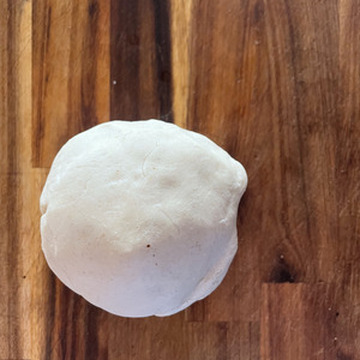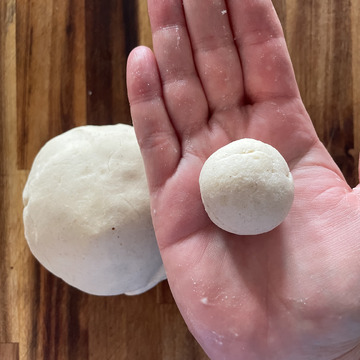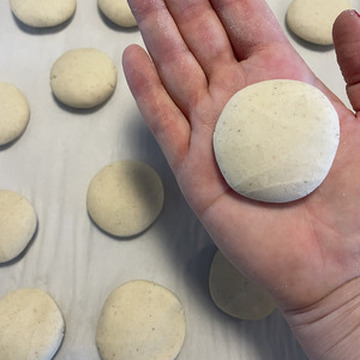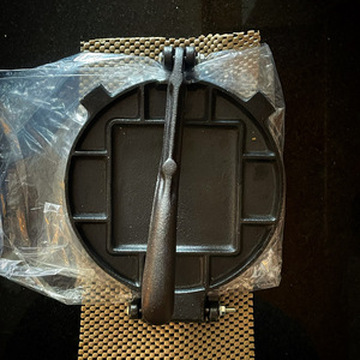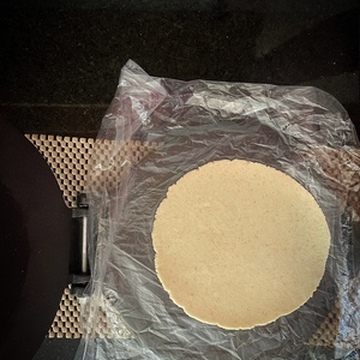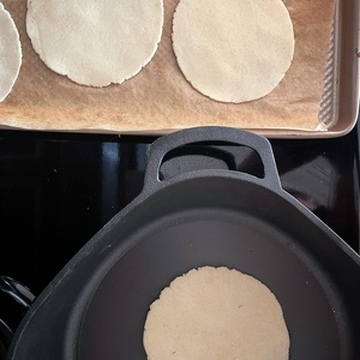Authentic Mexican Huitlacoche Tacos
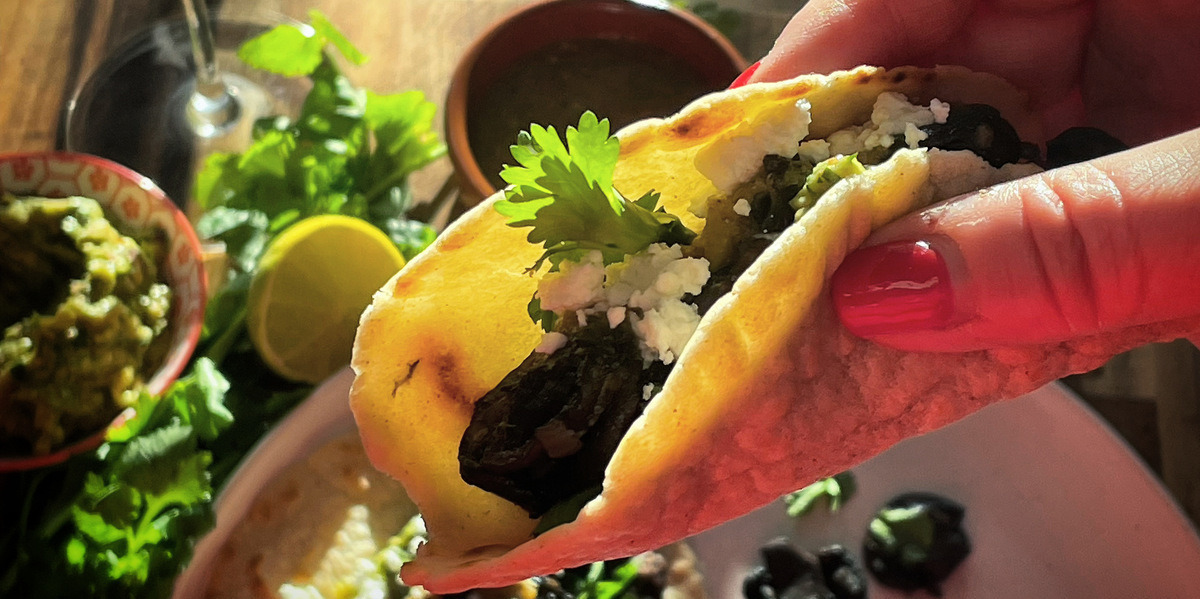
The best smut you've ever had.
By Erin Henderson
For the last few weeks, I’ve been taking a Mexican cooking course. I’m just about wrapped up, and I’ll miss it when it’s over. Like all the cooking courses I’ve taken, I’ve learned remarkable and fabulous things.
One of those things is huitlacoche.
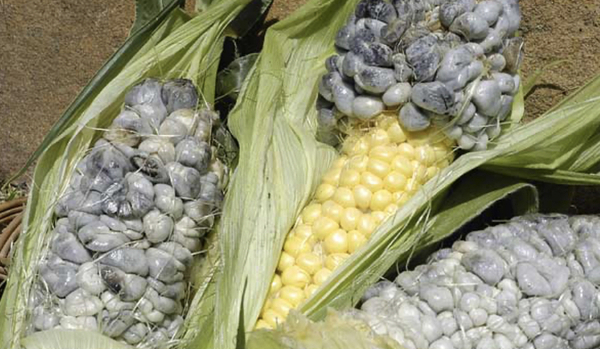
Huitlacoche (pronounced WHEET-lah-CO-CHAY), is considered undesirable here (we’ve christened it the uncharitable, and misleading, term, “corn smut”), but it’s a delicacy in Mexico (where it’s more enthusiastically coined, “corn truffle.”) You can find it everywhere in Mexico, from the food stands of Mexico City, to posh, Michelin starred restaurants.
You may also like: My Family's Favourtie Antojitos
Huitlacoche is a fungus that feeds off immature corn kernels, resulting in blue-grey bulbous formations. In Canada, farmers throw it away, but as mentioned, these spores are treasured in Mexico. In Canada, you can buy huitlacoche in cans and jars, typically already in a sauce of sorts, in Latin supermarkets and, naturally, online.
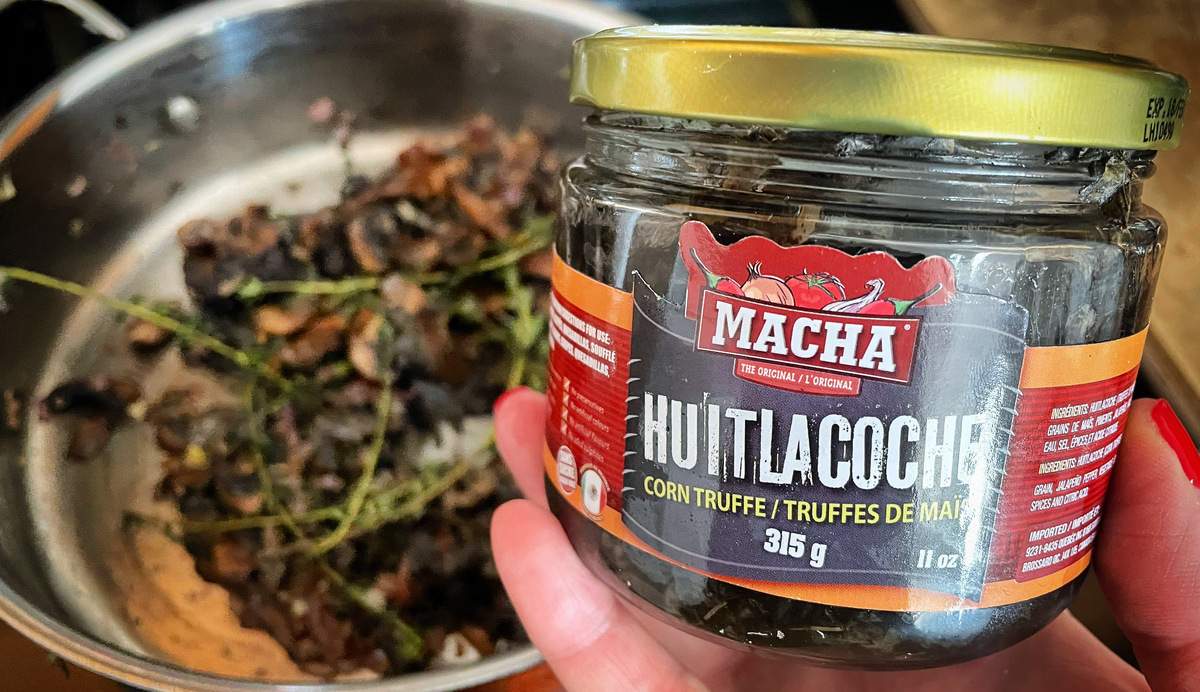
The taste is magnificent: smoky, earthy, and rich. I use it as vegetarian filling for tacos – vegan if you skip the queso. But don’t limit yourself – like any ingredient, you can use it a million ways, as a sauce for a stew, the base of a soup, my sister tops her scrambled eggs with it.
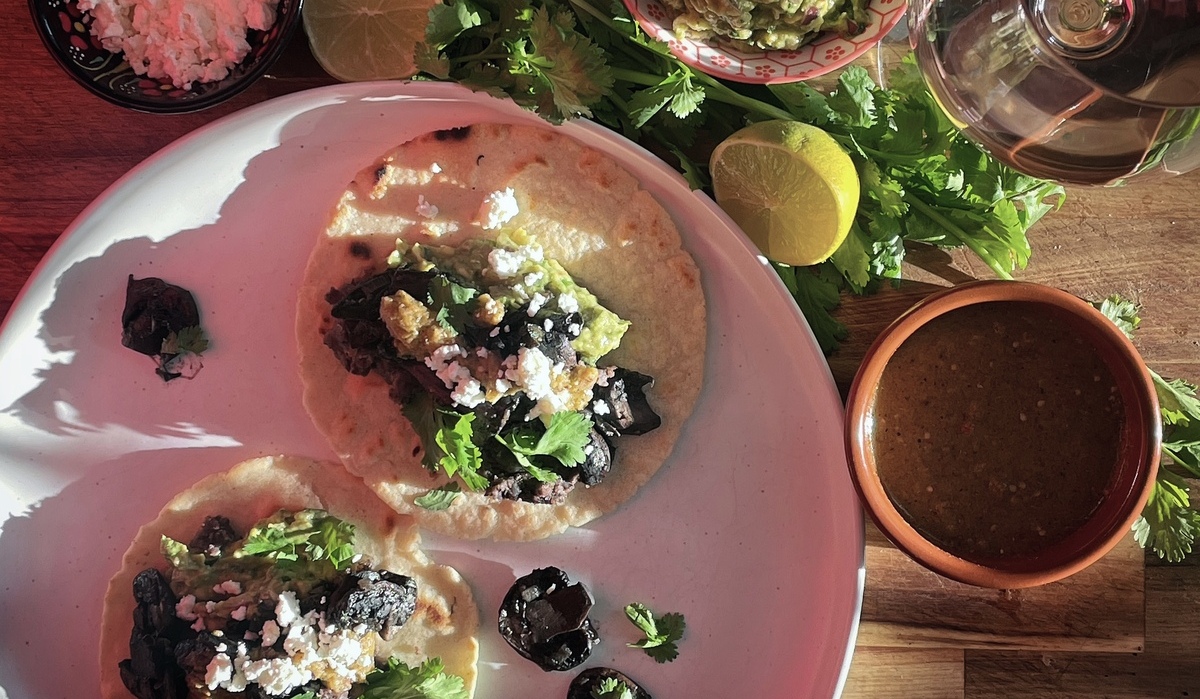
Huitlacoche
This makes a good amount of filling, but it will last several days in the fridge.
Moritas are dried jalapeños, easily found online or at Latin supermarkets. They’re mildly spicy but with an intense smoky note that borders on sweet.
Makes: About 1 litre
Chef level: Easy
Ingredients:
- Pork lard (preferably) or vegetable oil
- 230g brown mushrooms, sliced
- 1 onion, diced
- 2 garlic cloves, minced
- 1 morita chili (alternatively: 1 Tbsp chipotle in adobo)
- 150 g huilacoche
- Salt and pepper
How to Make It:
- Melt the pork lard in a large, deep saute pan over medium heat.
- Add the dried chili and allow to cook for a minute (it may crackle) to infuse the fat. (If using chipotle wait and add it along with the huitlacoche)
- Add the mushrooms, onions, and garlic and gently cook for about 15 minutes until they’re quite soft.
- Add the huitlacoche, and cook for another 10 minutes or so over low heat.
- Remove the dried morita.
- Add to fresh corn tortillas with toppings of choice.
Wine Pairing:
Huitlacoche has a smoky, earthy, truffle-ish note, which on its own is beautiful with fruity reds like Barbera d'Alba or Dolcetto.
However, you rarely just eat the filling without anything else. As mentioned, I use it in tacos where it's layered with refried beans, and topped with morita salsa, fresh cilantro, guacamole and queso.
When these other flavours come into play, I like a fruity and crisp dry rosé to both compliment the earthy notes of the taco, and use the wine's fresh acidity to brighten the dish – similar to how a squirt of lime adds brightness to food.
Corn Tortillas
Yes, you can buy corn tortillas, but once you see how easy these are to make, and how delicious they are fresh, you will never go back.
This recipe will make about 18-20 six-inch tortillas, and left over torts keep in a plastic bag in the fridge for a few days. The dough lasts about a week rolled into a ball in a plastic bag in the fridge, so you don’t need to use it all at once.
I made the small investment of buying a cast iron tortilla press (about $40), but you can also use the bottom of a pot to press them, as well.
Makes: About one soft-ball sized dough, or 20 six-inch tortillas
Chef level: moderate
Ingredients:
- 2 cups maseca corn masa flour
- 2 cups warm water
- ¼ cup vegetable oil
How to Make it:
- In a wide, shallow mixing bowl, add maseca and vegetable oil.
- In small, half-cup portions, add a little water to the flour. Using your hands, begin mixing. Like any dough, this will start off shaggy and eventually come together.
- Keep adding water, a little at a time, until the dough comes together and is the texture of very soft playdough. It will stop sticking to your hands once the right hydration is achieved. To test the moisture, roll a golf ball-sized sphere in your hands, and gently flatten between your palms into a thick pancake that’s about two inches in diameter. The edges should be intact. If the edges are cracked, add a splash more water and keep working the dough until the right moisture level is achieved.
- Once the dough is hydrated, tear off a piece of dough, rolling in your hands into a golf-ball sized round. Gently flatten between your palms into a thick pancake that’s two inches in diameter.
- Place a piece of plastic over the tortilla press so the dough doesn’t stick to the cast iron (I use a bread bag), and place the pancake on the plastic. Fold the plastic over the top of the pancake, and close the press, gently pressing down. Carefully peel the tortilla off the plastic, flip over, and gently press again. Set aside on a parchment paper lined tray.
- Heat a griddle or cast-iron pan over med-low heat, and carefully lay the tortilla in the pan allowing to cook for a few minutes (it will bubble a little), and then flip over to finish cooking.
- Store in a tin foil envelope while you finish the rest.

